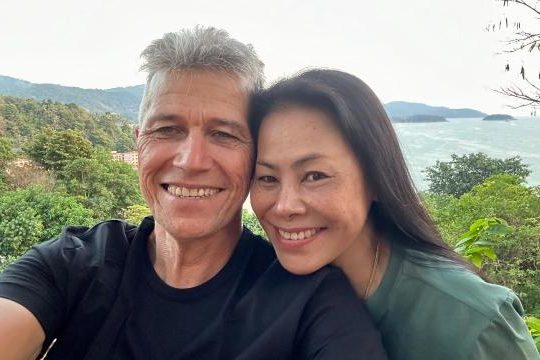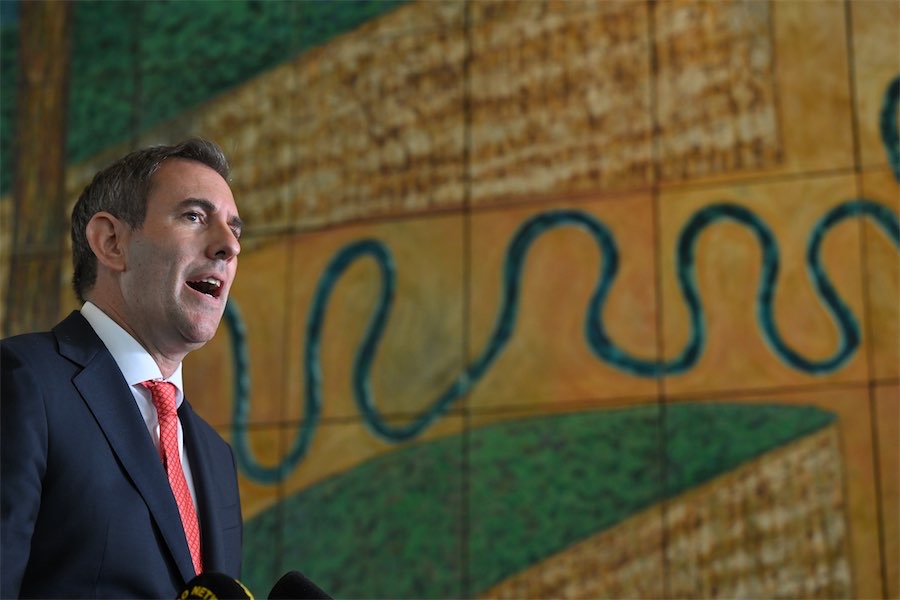IT seemed a curious coincidence that as comparisons were being drawn between an apparent chemical massacre in Syria and Saddam Hussein’s 1988 chemical gas attack on the population of Halabja in Iraqi Kurdistan, an unusual handover of artworks from a former Halabja resident was taking place at the Australian War Memorial.

“History was denied,” he said of the “Bloody Friday” massacre that saw up to 5000 members of the town killed by a mixture of gases, including sarin.
“When the Gulf War started, the international community didn’t even know,” Mr Anwar said.
Rushdi has held group and solo shows in Kurdistan, Austria, Finland, France, Canada, Japan and Australia and is completing a PhD at RMIT university. He told those present at the War Memorial that he preferred to call himself an Australian Kurd because, “as for Iraqi identity, I don’t have a pleasant past.”
That seemed to be the understatement of the morning.
Indicating five small panels in which he mixes photography, sandpaper and applied smoke to meaning to the artwork, Rushdi said both the sandpaper and a smoke hinted at erasure or deletion—“ a kind of ethic cleansing.” The smoke he said, also indicated represented the “haze and lack of clarity” when the Saddam regime denied using chemical weapons. “They denied my identity as an individual and as the member of a whole nation,” he said.
Ryan Johnston, Head of Art at the War Memorial, said he had first seen Rushdie’s works in an exhibition focusing on Afghanistan called “Landlocked” at Casula Powerhouse and had bought it straight away.
He praised the overwhelming sense of claustrophobia in the works, which he described as “formally and conceptually… strong and mature work,” adding that it was the first work in the collection by an Australian Kurd. After some conservation issues were resolved, Johnston said, the works would be on display to the public.
Who is the photographer? Rushdi doesn’t know. The photo was taken by a journalist, but Google as he might, he has not been able to find his or her name.
“I was interested to print it and re-photographed it, enlarged it, pixelated it and applied dark and light in my studio, without changing the composition,” he said.

Rushdi said he had spent 10 years as an artist utilising a selection of materials to raise socio-political issues.
“But I don’t want to make a judgement, I just want to highlight that many other societies are facing similar destruction,” he said.
Who can be trusted?
In a world of spin and confusion, there’s never been a more important time to support independent journalism in Canberra.
If you trust our work online and want to enforce the power of independent voices, I invite you to make a small contribution.
Every dollar of support is invested back into our journalism to help keep citynews.com.au strong and free.
Thank you,
Ian Meikle, editor




Leave a Reply